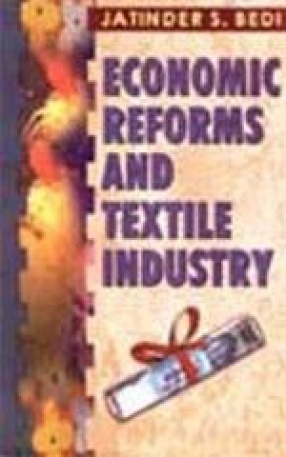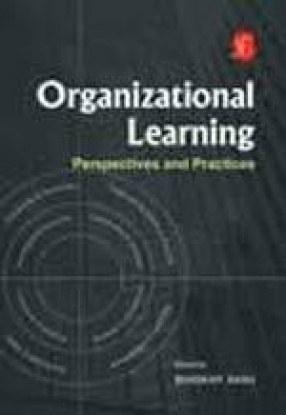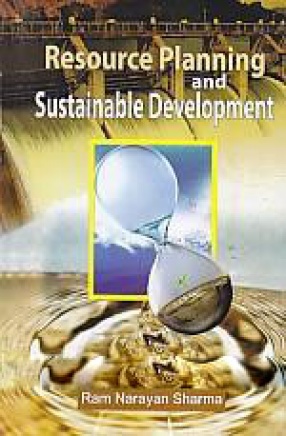The main objective of this book is to analyse the states of Indian textiles and clothing industry (during eighties and nineties to capture the impact of New Textile Policy introduced during 1985 and comprehensive Economic Reforms introduced in 1991). This industry remains the most important industry in India in terms of income generation, employment and exports. The industry which before the sixties dominated the world trade, lost out to competitors in subsequent period because of its inability to modernize and change over to synthetic and mixture. Most of ills arose because of the reservation of ready-made garments and hosiery products for domestic consumption in the Small Scale Sector and protectionist policies designed to preserve the market of the handloom sector. These policies not only slowed the technology development in weaving, dying and garment industry, but also failed to achieve the main objective of high growth in employment in textiles and clothing sector. The most important conclusion arrived at by the author is that more than one third of hank yarn meant to be consumed in the handloom sector is being diverted to the powerloom sector. During the fiscal year 2001-2002, the garment industry got de-reserved. In spinning, it looks into the detail of count-wise and variety-wise yarn produced in the country and the requirement of modern spindles to produce the same. The age composition of installed spindles is than analysed with a view to requirement of spindles to meet the demand projected by the year 2005-2010-11. In the weaving segment, an attempt is made to revise the estimates of production of fabrics, which are significantly different than those official estimates of production of fabrics but broadly tally with the overall consumption estimates over the period of time. The revised estimates of production of fabrics help the author to prepare estimates of value added and employment generated in textiles sector. Interestingly, these estimates broadly tally with CSO and NSS survey estimates of value added and employment, respectively, but are significantly different from those prepared by the Ministry of Textiles. The study carefully works out the future requirements of fibre, yarn, fabrics, made-up, garment and spindles. This is done after estimating the domestic demand and growth of exports, in the context of recent changes in Indian textile policy and impact of World Trade Organisation Agreement. The book gives special attention to the problem of competitiveness of cotton and synthetic yarn, fabrics, made-ups and garments production comared to other countries.
The Future of Hospitality and Travel
$117.00
$130.00





There are no reviews yet.